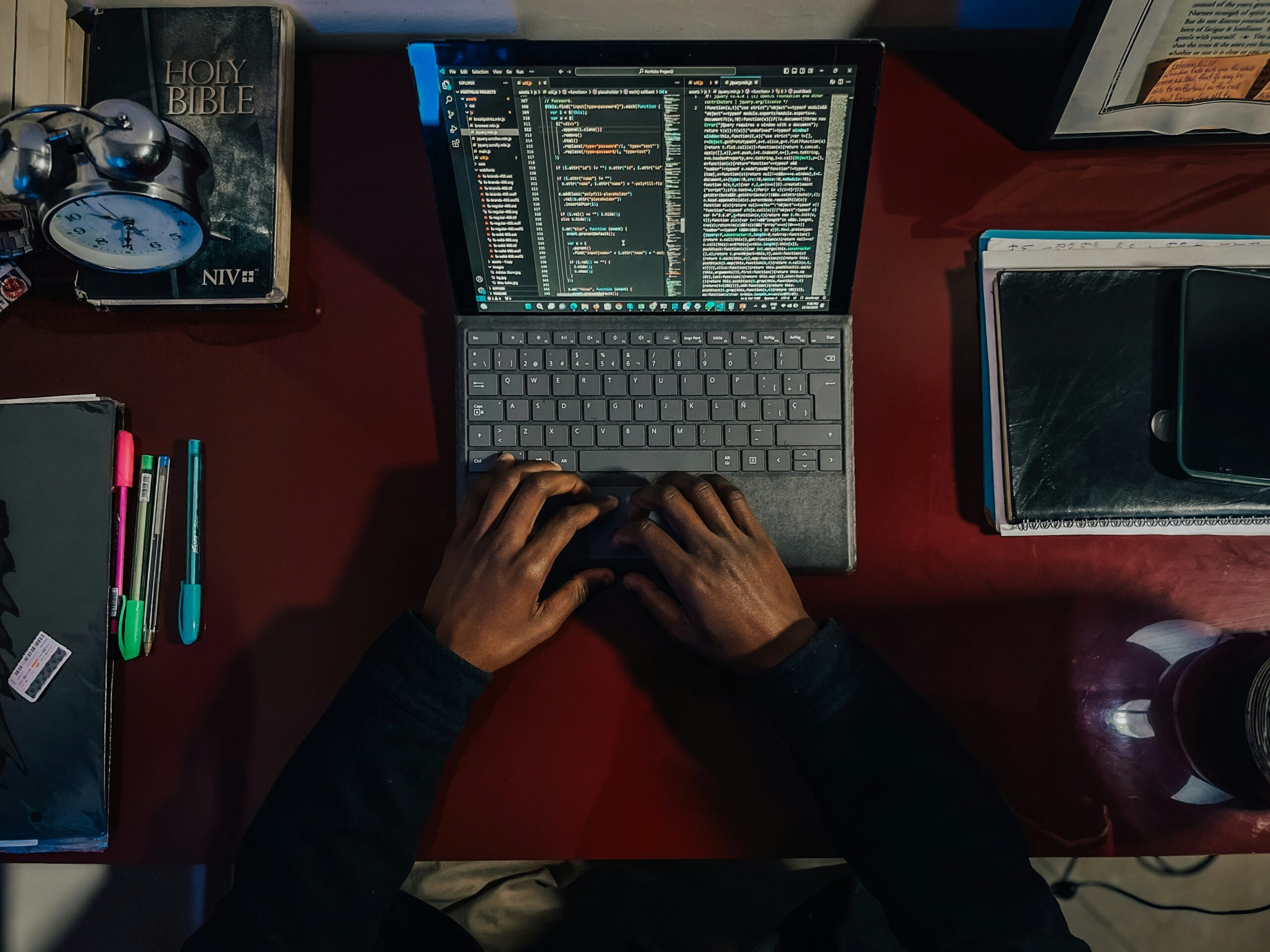People often glamorize working in Silicon Valley — the free food, the stock options, the “changing the world” energy. But behind the glow of innovation and sleek office spaces lies a quieter reality many developers face: burnout.
As a developer at a fast-growing startup, I’ve seen firsthand how passion can blur into exhaustion. We push updates at lightning speed, debug late into the night, and chase deadlines that seem to move faster than our caffeine intake can keep up with. There’s an unspoken rule in startup culture — you have to keep hustling. But somewhere between the endless Slack notifications and weekend sprints, your brain starts sending warning signs you ignore.
The irony? We’re building tools meant to make people’s lives easier, yet often forget to make our own lives manageable. I used to think taking breaks was a sign of slowing down — until I realized I was writing more bugs than fixes because I was too mentally drained to think straight.
I’ve learned that managing burnout isn’t about working less — it’s about working smarter. I started blocking “no-meeting hours,” taking evening walks without my phone, and most importantly, being honest when I need help. What surprised me most was how supportive my team actually was once I spoke up. In startups, everyone feels the pressure, but no one wants to be the first to admit it.
Now, I measure productivity differently — not by how many commits I push, but by whether I can still enjoy what I’m building. Because creativity doesn’t thrive on chaos; it thrives on clarity.
Burnout doesn’t announce itself — it creeps in silently. But acknowledging it, addressing it, and setting boundaries doesn’t make you any less ambitious. It just makes you sustainable. And in the long run, sustainability is the real superpower every Silicon Valley developer needs.
